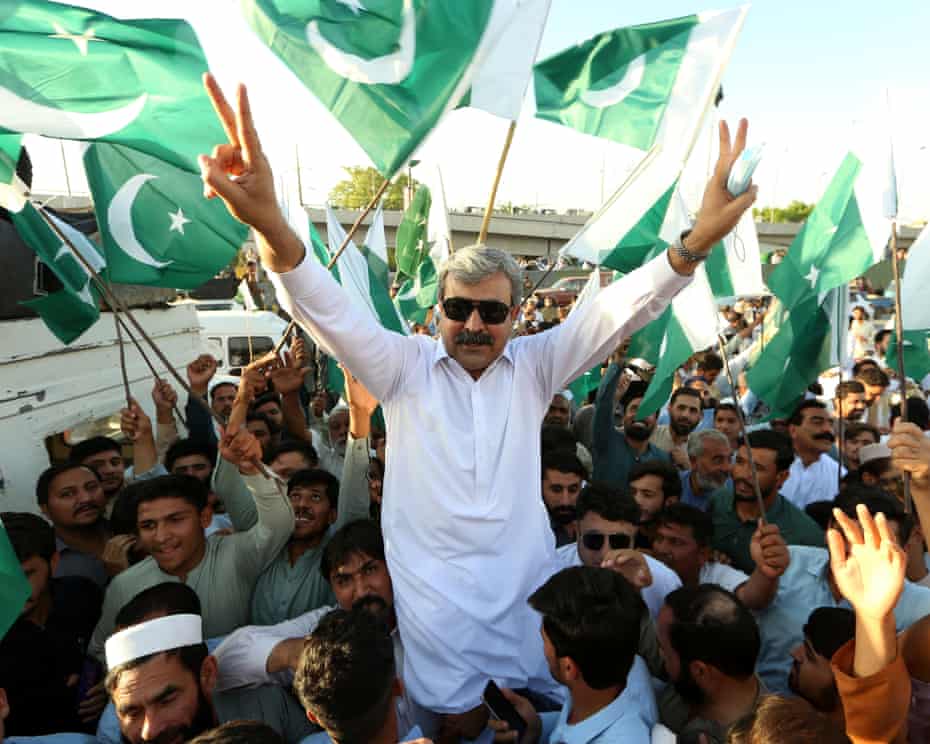A fragile calm settled across the India–Pakistan border on Sunday, following a weekend ceasefire brokered by the United States that pulled the two nuclear-armed neighbours back from the brink of full-scale war. The truce came after days of deadly missile and drone attacks targeting major military bases, the most severe confrontation between the two nations in decades.
President Donald Trump announced the ceasefire late Saturday evening, hailing the agreement as a testament to the “strength, wisdom and fortitude” of both India and Pakistan. By Sunday morning, after brief renewed shelling that threatened to shatter the deal, the border region fell quiet, raising cautious hopes that the ceasefire might hold.
“India and Pakistan both understood it was time to stop the current aggression that could have led to the death and destruction of so many,” Trump said in a statement. His administration, along with key diplomatic players including Secretary of State Marco Rubio and Vice President JD Vance, spent 48 hours in high-stakes negotiations to de-escalate the conflict.
Both New Delhi and Islamabad swiftly declared the ceasefire a national victory, with political leaders on both sides fueling waves of patriotic fervor. In India, Defence Minister Rajnath Singh celebrated the military’s Operation Sindoor, a missile strike campaign that reportedly hit Pakistan’s Nur Khan airbase. Singh called the offensive “a symbol of India’s political, social and strategic willpower.”
Across the border, Prime Minister Shehbaz Sharif declared May 11 a national day of recognition for the military’s “response to Indian aggression.” Parades and rallies erupted across Pakistan, especially in the embattled region of Pakistan-administered Kashmir.
Still, the return to peace remains uneasy. Reports of renewed shelling shortly after the ceasefire announcement sparked fears of a breakdown, though calm was restored by dawn. Both nations blamed each other for violating the truce. The Indian Army warned it would respond “fiercely” to further provocations, while Pakistan reiterated its commitment to the ceasefire.
Despite the celebrations, many on the ground, particularly in Kashmir, met the news with skepticism. Lal Din, a 55 year-old resident of Poonch, one of the hardest-hit areas in Indian-administered Kashmir, lamented the pattern of “temporary ceasefires brokered by global powers.”
“The core issue remains unresolved,” he said. “Today it was one dispute, tomorrow it will be another, and the guns will roar again. We’re just numbers in this clash of nuclear powers.”
The latest round of violence was triggered by a brutal attack in Indian-administered Kashmir last month, where militants killed 25 Hindu tourists and a guide. India accused Pakistan-backed extremists of orchestrating the attack and retaliated last Wednesday with missile strikes on nine targets in Pakistan, reportedly killing 31 people.
Pakistan responded with drone and missile strikes across the Line of Control, prompting fears the confrontation could escalate into a nuclear conflict. U.S. intelligence reports warning of such a possibility reportedly spurred Washington to intervene, despite earlier reluctance. Vice President Vance, who had initially dismissed the crisis as “none of our business,” played a pivotal role in securing the ceasefire, alongside involvement from Saudi Arabia and the United Kingdom.
Indian military officials claimed their operations destroyed multiple terrorist camps, killed 100 militants, and resulted in the loss of five Indian soldiers. They also alleged that several Pakistani aircraft were shot down. Pakistan, meanwhile, claimed to have downed at least three Indian jets, including high-tech French Rafales, a claim backed by independent analysts.
As both countries tally their own versions of losses and gains, experts warn that without addressing the root cause, the decades-long dispute over Kashmir, the risk of future conflict remains dangerously high.
“We are celebrating bravery today,” said Raja Farooq Haider Khan, a former leader in Pakistan-controlled Kashmir, during a rally near the border. “But we cannot have lasting peace unless the Kashmir issue is resolved.”
In the Neelum Valley, Sahad, a resident, expressed relief at the end of hostilities. “No one can be happier than us. We live under the shadow of border posts and firing. We just want our normal lives back.”
While the U.S. has promised increased trade and closer ties with both nations following the ceasefire, the underlying tensions simmer just beneath the surface. For those living in the crosshairs, the message is clear: peace, if it is to come, must be built, not brokered.



